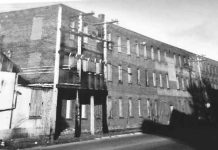Father’s Day has diminished in importance over the years. It happened as a generational thing, no doubt. Back in the day, well, being the son of a World War II veteran meant something. Too many lost fathers in that war. Just having a living father in the 1950s became an often-celebrated event on his birthday,…



